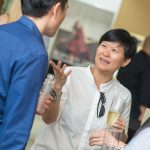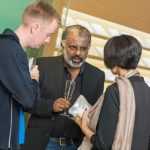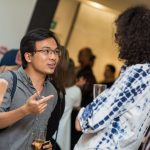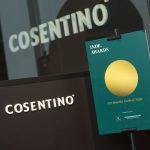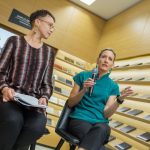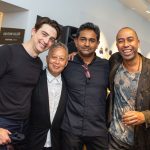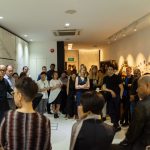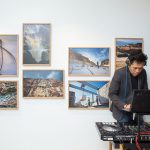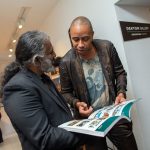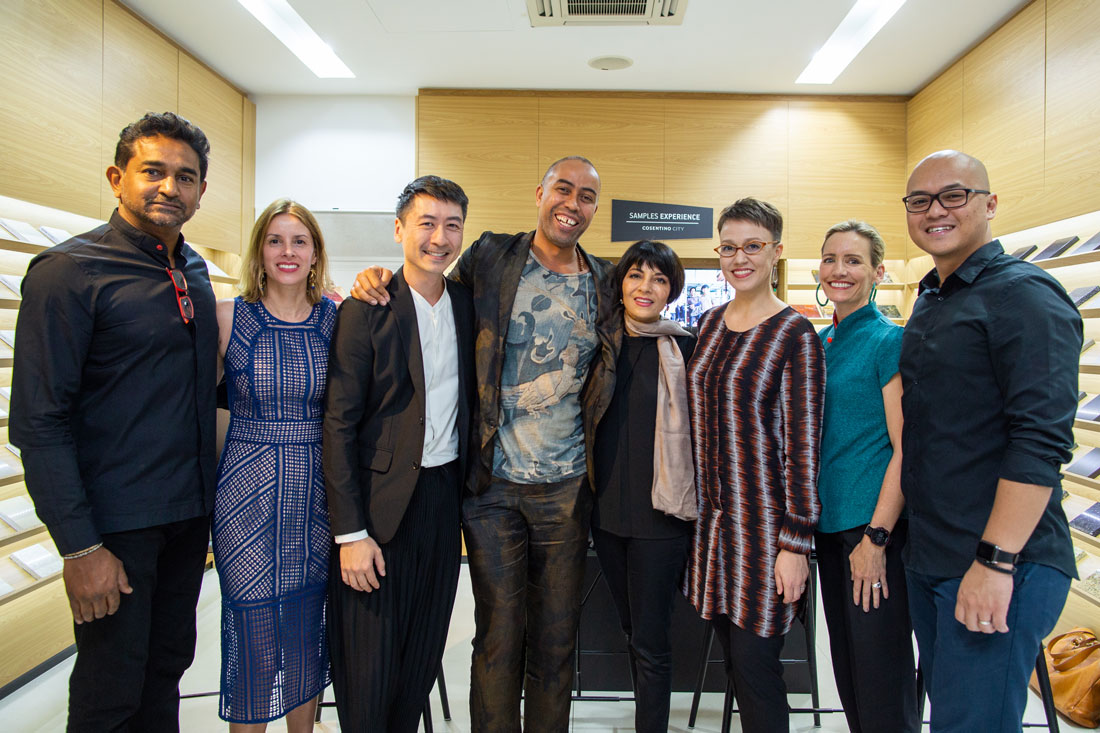
-
11 July 2018
Four international INDE.Awards judges gathered with this year’s exceptional shortlisters to share their thoughts on the Asia Pacific’s architecture and design industry, and share a few glasses of bubbly before the INDE.Awards Gala.
Confidence. Community. Pluralism. Those were the keywords that emerged at INDE.Awards 2018 VIP Insiders Night on 21 June 2018.
Hosted at Cosentino City Duxton Road, the intimate gathering brought together INDE.Awards 2018 international judges Luke Yeung (Architectkidd, Bangkok), Abbie Galvin (BVN, Sydney and Hong Kong), Shashi Caan (SC Collective, New York and Edinburgh), and Stephen Burks (Stephen Burks Man Made, New York and Barcelona) with INDE Shortlisters from across the Asia Pacific region.
“A united region is a strong region. The talent in this room will contribute to powering the development of design in our region now and for years to come,” said Cubes and Indesignlive.sg editor Narelle Yabuka.
The night was marked by a lively sharing session that shed light on aspects of the region’s architecture and design industry.
What makes this year’s Shortlisted projects influential? Why is it important to celebrate architecture and design projects coming from this region? How is the industry being perceived in other parts of the world? We asked the four judges to share their two cents.
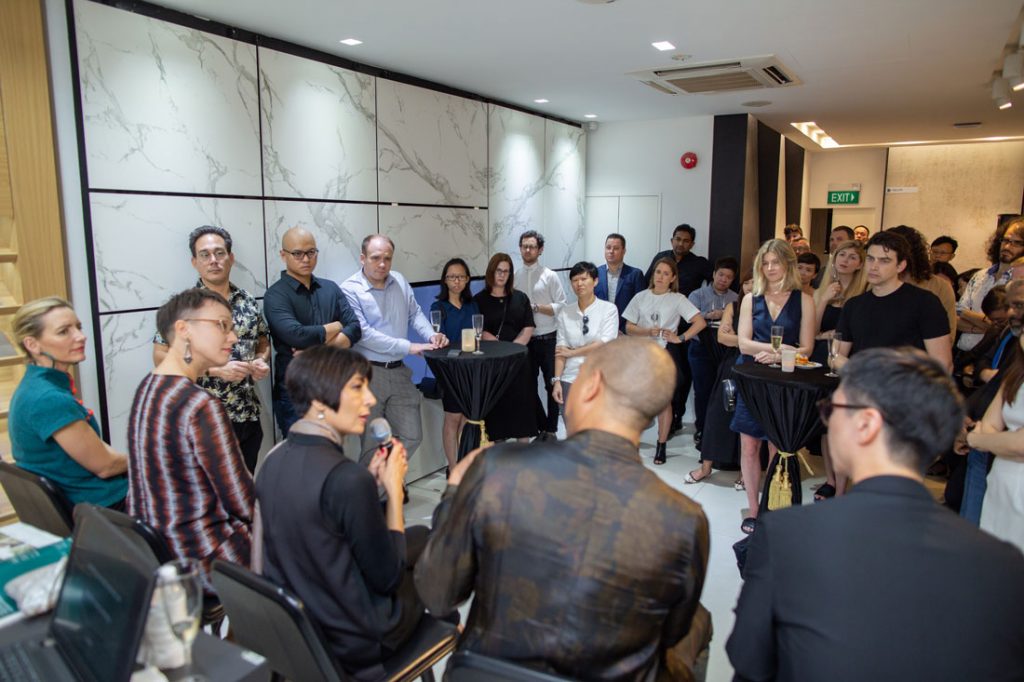
Having been born in Hong Kong, grown up in Vancouver, and practised and lived in Bangkok for the past 15 years, Yeung shared that the idea of national identity has changed. “I’m interested in seeing what’s going on in Asia in terms of the sharing of ideas across borders as much as what’s happening within each country,” he said when asked what’s exciting about working in the region.
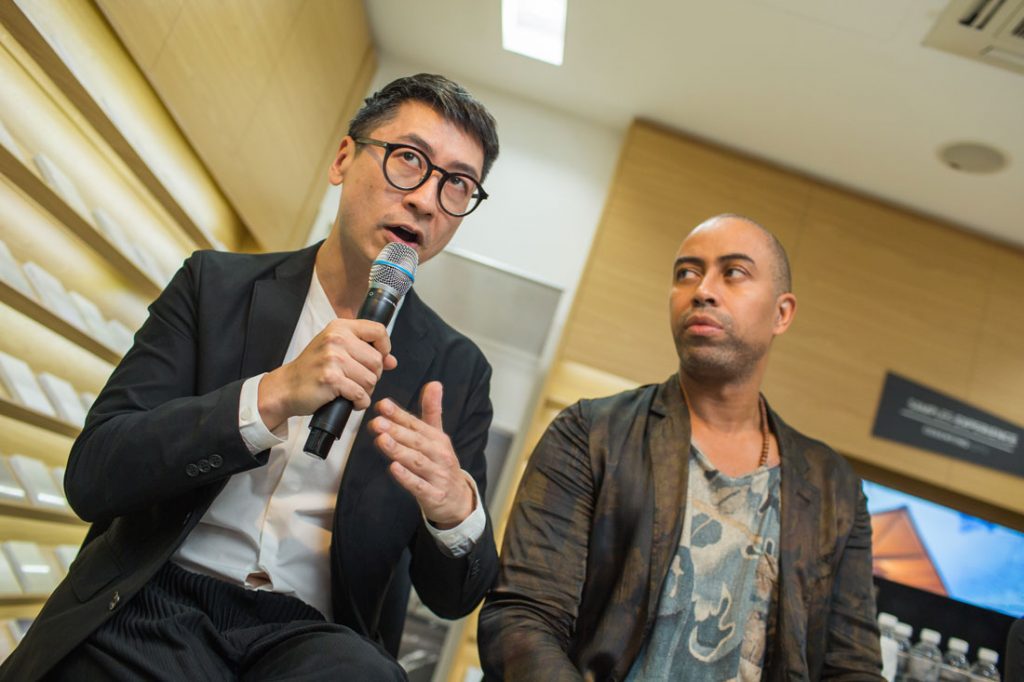
Splitting her time working between BVN offices in Sydney and Hong Kong, Galvin has witnessed the rise and the shifts in the architecture and design industry in the region. “There is an amazing level of energy and investment in the region that started predominantly in public and infrastructure projects. This energy has trickled down and now we’re seeing smaller projects flourishing too,” she said.
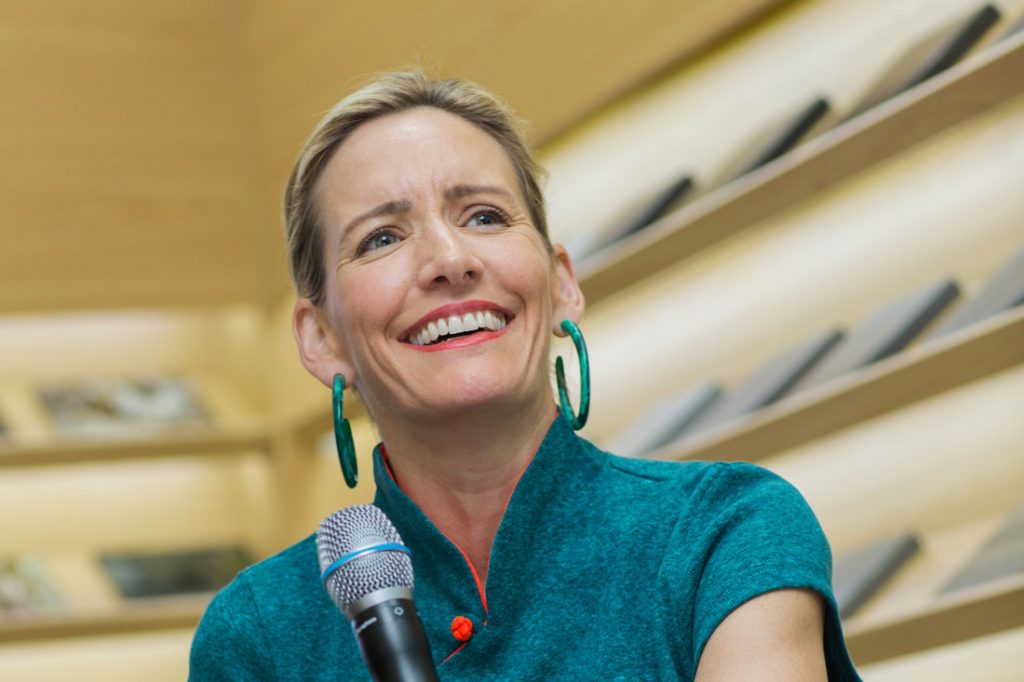
She continued, “Many many years ago there was an internationalism established here as the result of the incredible speed of information that’s been able to be transferred all over the world. Now what we’re beginning to see is the shift back towards a need for having a sense of context, having a sense of regionalism, having a sense of identity in a project, and you see that strongly in some of the projects have been shortlisted in the awards. There’s this wonderful sense of confidence that the projects have.”
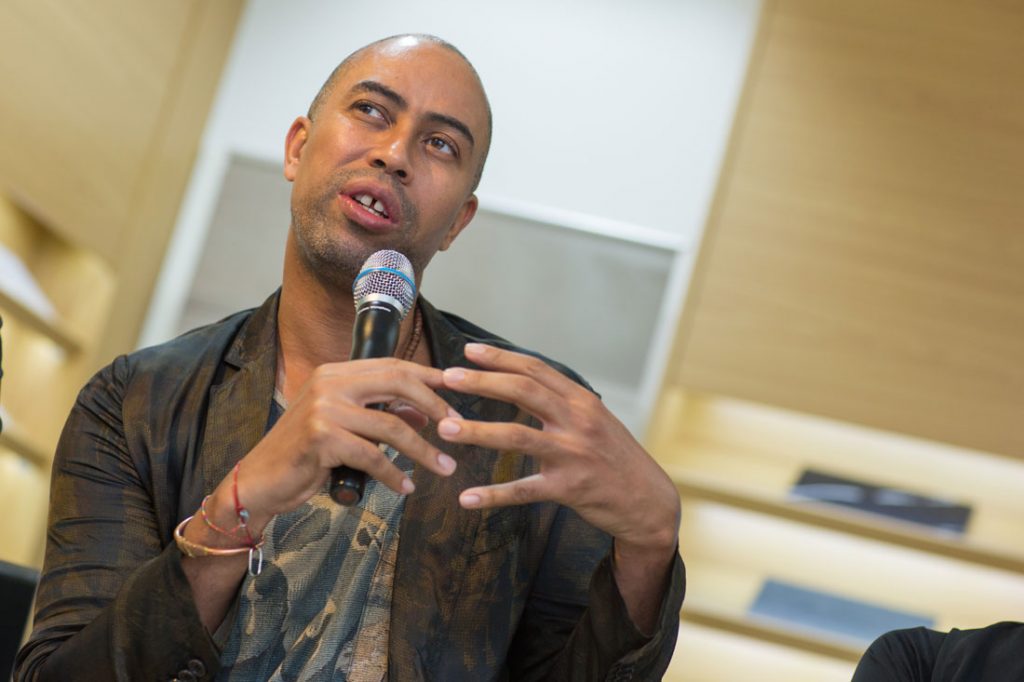
“We’re seeing the result of globalism bringing this hybrid culture in architecture in Asia Pacific region,” said Burks. Echoing Yeung’s sentiment, he said, “It’s less about regional style per se and more about pluralism that I think is really important for design today.” Burks also highlighted the sophisticated use of materials in the region and the use of the built environment as an educational tool.
“Many of projects that we’ve looked at that I personally enjoyed were in service of educating the public. There’s this sense of the architect’s awareness of the building as a tool for society, that’s really interesting,” he added. Burks also noted the clash of “the speed of the times and the slowness of the culture” in the region.
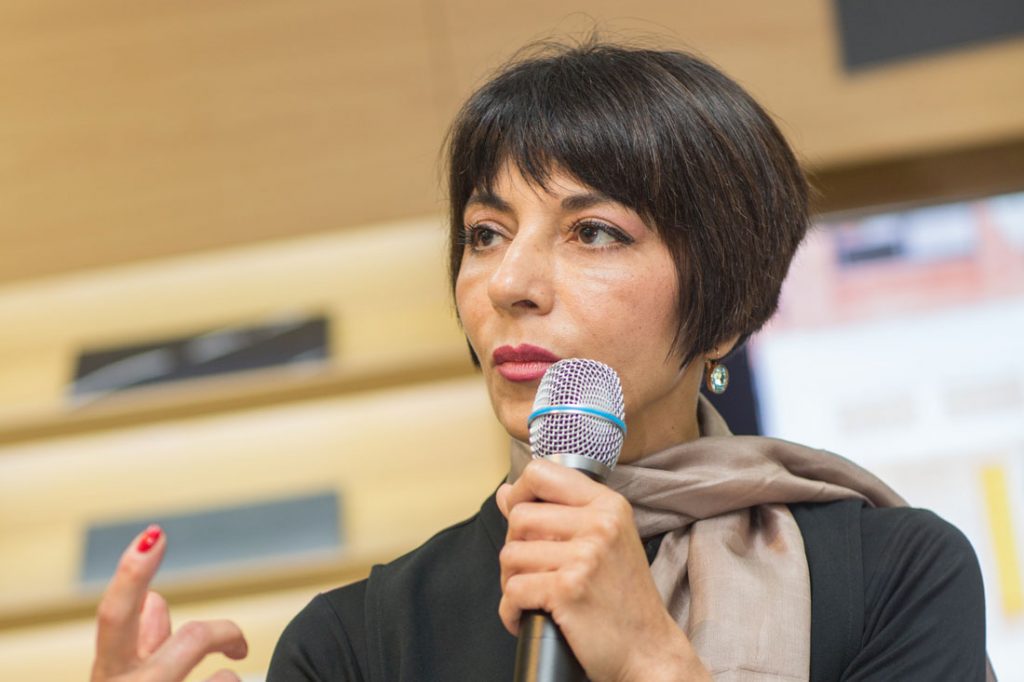
“I’m very intrigued to see that the jurors sitting here are multinational. This question of ‘what is Asia Pacific design’ is an interesting one for me because it’s being looked at from a diverse perspective. It’s very much reflective of our day and age,” commented Caan.
Caan cited two threads she found exciting that emerged from the shortlisted projects: the sensibility that appreciates humanity in a humble way – through the use of materials, experience and narrative about the environment; and the region’s depth in the intimacy of making, which uses the kind of craft that is very different to what’s typically seen in the Western world.
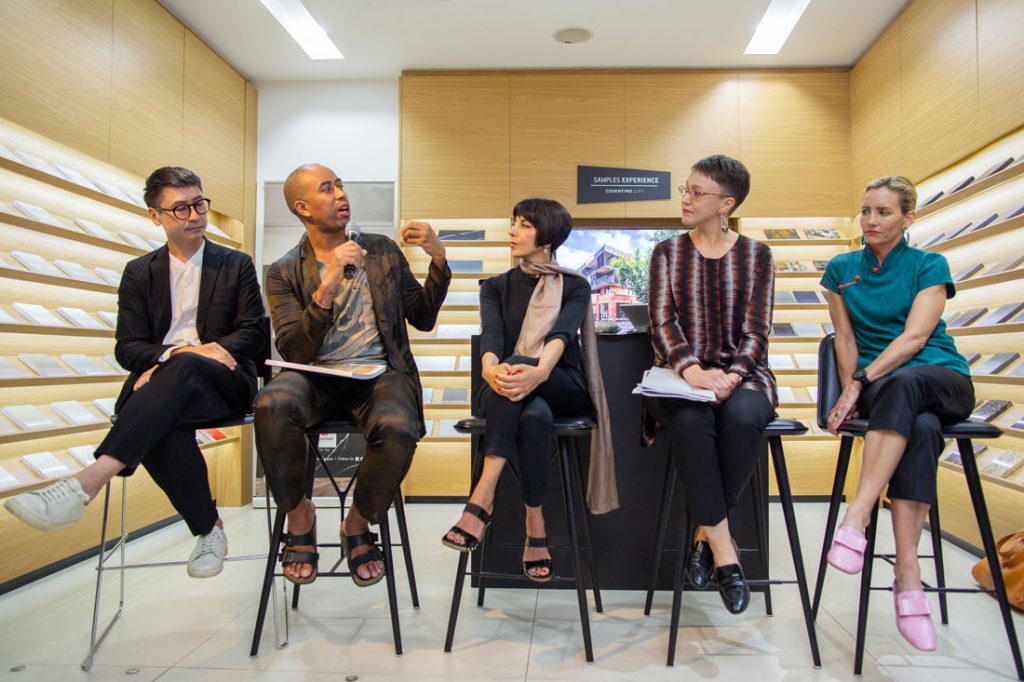
Two-time INDE.Awards judge Burks also highlighted the perceived image of the region. “There’s that perspective of Asia still being a region where new architecture is happening but it’s mostly transmitted through the work of international architects we already know,” he said.
He elaborated, “So it’s great that this is happening. This [INDEs program] is not just about an award ceremony; it’s also very much about building community. I feel that this is the bigger project at work. And it builds a critical eye… All of us here can lean into each other to raise the bar for everyone across the board and generate that momentum that then communicates to the rest of the world.”
A sense of a budding community certainly prevailed through the night as the Shortlisters, industry friends and Partners forged new connections and strengthened old ones.
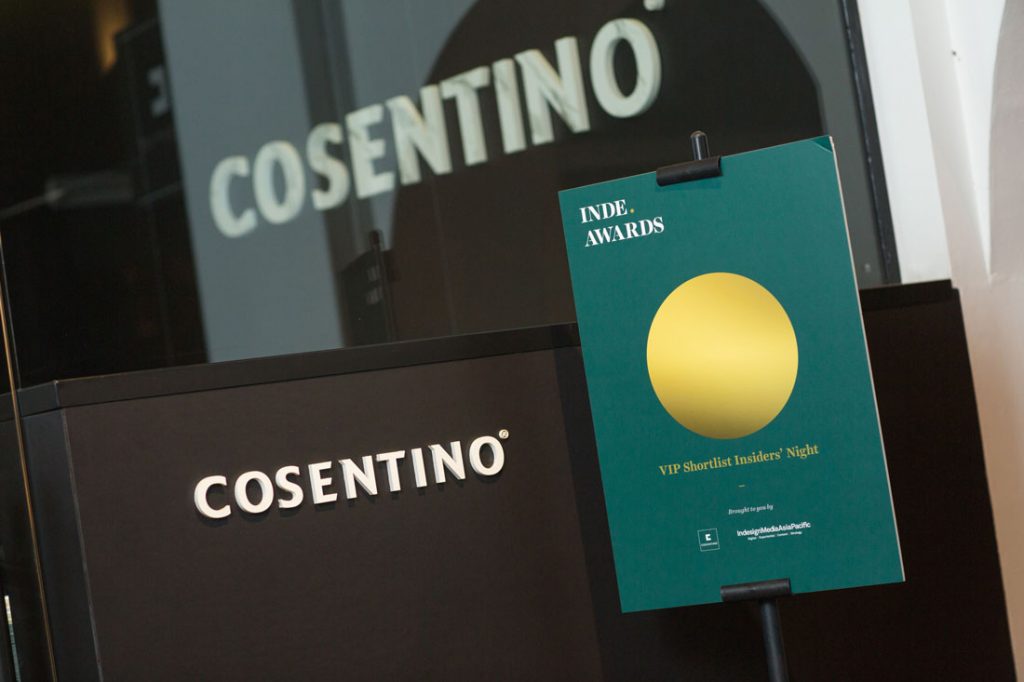
Special thanks to our host and INDE.Awards 2018 Partner Cosentino!
